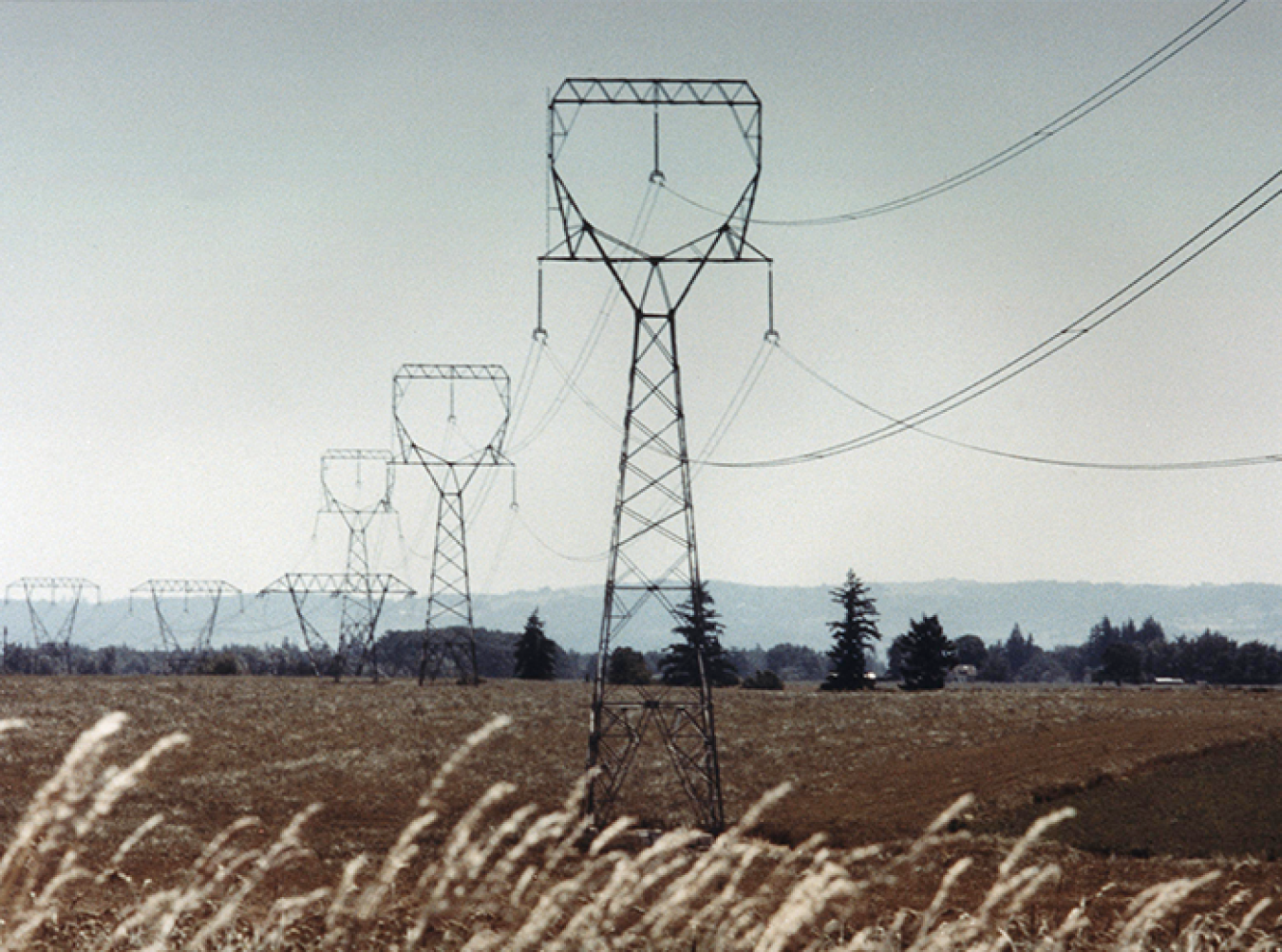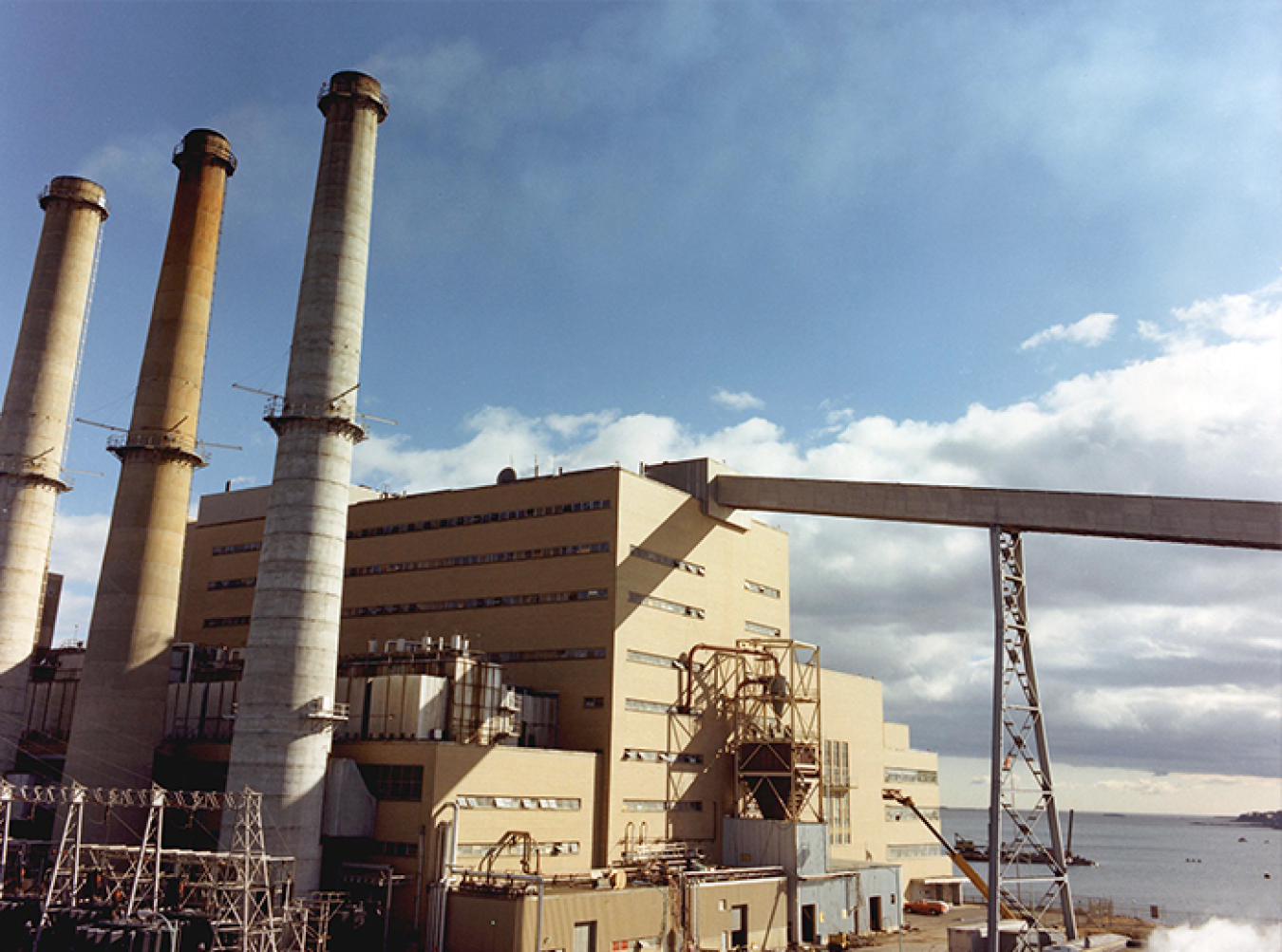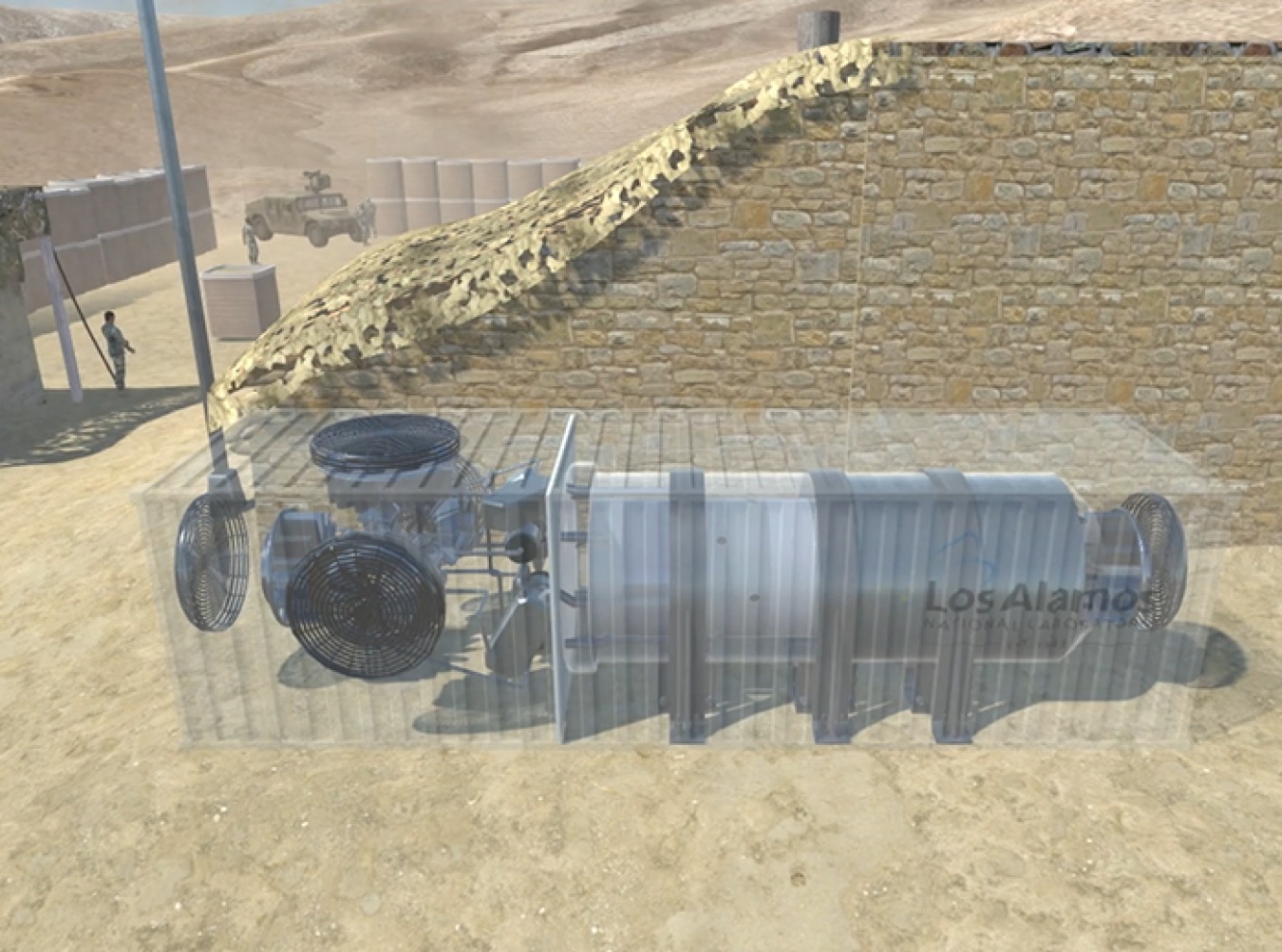Nuclear is tackling a multitude of issues impacting the world. Here are 5 problems you didn't know nuclear could solve.
October 16, 2019Nuclear doesn’t always come to mind when people think about CLEAN energy, but it should.
Maintaining America’s current fleet of reactors, along with developing advanced nuclear systems, are essential steps in tackling some of the world’s most pressing matters.
From clean electricity generation to accessing water, here are 5 problems you didn’t know nuclear could solve.

1. Electricity emissions
Nuclear produces clean power 24 hours a day, 7 days a week. In 2021, it generated a record 778 billion kilowatt hours of electricity and provided 50% of America’s carbon-free power. That’s because nuclear reactors produce massive amounts of energy through fission — a physical process that splits uranium atoms to generate heat. Fission doesn’t emit greenhouse gases and allows nuclear to avoid more than 471 million metric tons of carbon each year in the United States.
2. Industrial sector emissions

Nuclear power plants aren’t just an excellent source of carbon-free electricity, but they’re also a great source of thermal energy. According to the Environmental Protection Agency, the industrial sector accounted for 24% of U.S. greenhouse gas emissions in 2020. Many of its crucial processes require high-quality steam which is currently produced using fossil fuels. Directing heat from nuclear reactors toward industrial processes such as oil refining, district heating and fertilizers could help rapidly decarbonize these and other energy-intensive manufacturing processes.
3. Transportation sector emissions

Nearly 30% of greenhouse gas emissions comes from the transportation sector, making it the largest contributor of U.S. carbon pollution. But what if we could harness the high-temperature heat from current reactors and, in the future, advanced reactors? Nuclear’s thermal heat could be used to produce hydrogen, an energy carrier that is primarily created through steam methane reforming from natural gas. This process converts high-temperature steam and methane into hydrogen gas, but it also produces carbon dioxide. Nuclear can completely decarbonize the process using heat from reactors and electrolysis, the splitting of water into hydrogen and oxygen using electricity. This approach cuts carbon emissions and opens the door to other environmentally friendly advancements in electric vehicles, biofuel upgrades, and synthetic fuel production.
4. Water scarcity

Almost a third of the world doesn’t have access to clean drinking water with more than 2 billion people living in countries affected by water scarcity. These numbers are only expected to rise. Current desalination plants around the world produce 10 trillion gallons of drinking water each year. More are coming on-line to meet future water needs, which is expected to grow by up to 30% in the next three decades. Existing desalination plants are energy intensive and rely heavily on fossil fuels. An increase in plants will lead to an increase in emissions. Nuclear energy could play a major role in providing low emission energy that would get us closer to obtaining worldwide water security. A new fleet of reactors could expedite this process. Small modular reactors (SMRs) will offer greater flexibility in size and operation to generate both electrical energy and thermal energy right at the seawater desalination plant.
5. Access to energy in remote locations

The transport of diesel fuel is imperative to remote communities and military environments. Residents heavily depend on these timely shipments to avoid power interruptions. Advanced nuclear reactors could eliminate these risks by bringing reliable power directly to the areas of need. Reactors are getting so small that they can fit on the back of a semi-truck. Microreactors offer versatility, reliability, convenience and access to nuclear power anywhere. Its adaptable design make it a key player in providing reliable carbon-free energy to challenging locations. The smaller, transportable, factory-built systems can generate energy for industrial processes along with district heating/cooling of homes and businesses in rural communities as well as disaster areas. It could even boost the resiliency and reliability of energy at remote military bases around the world.
To learn more about nuclear follow us on Twitter and Facebook.
*Updated July 2022

